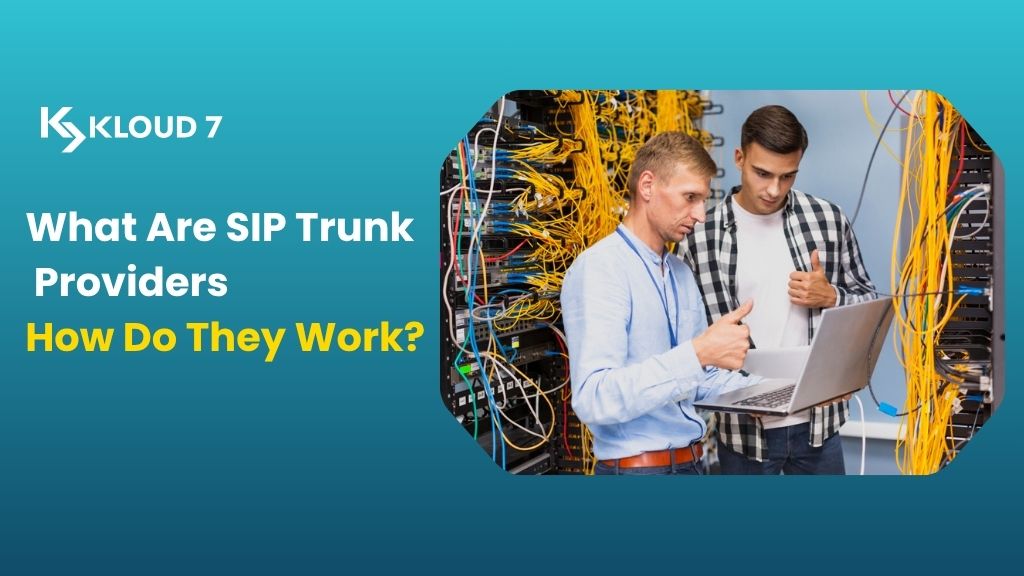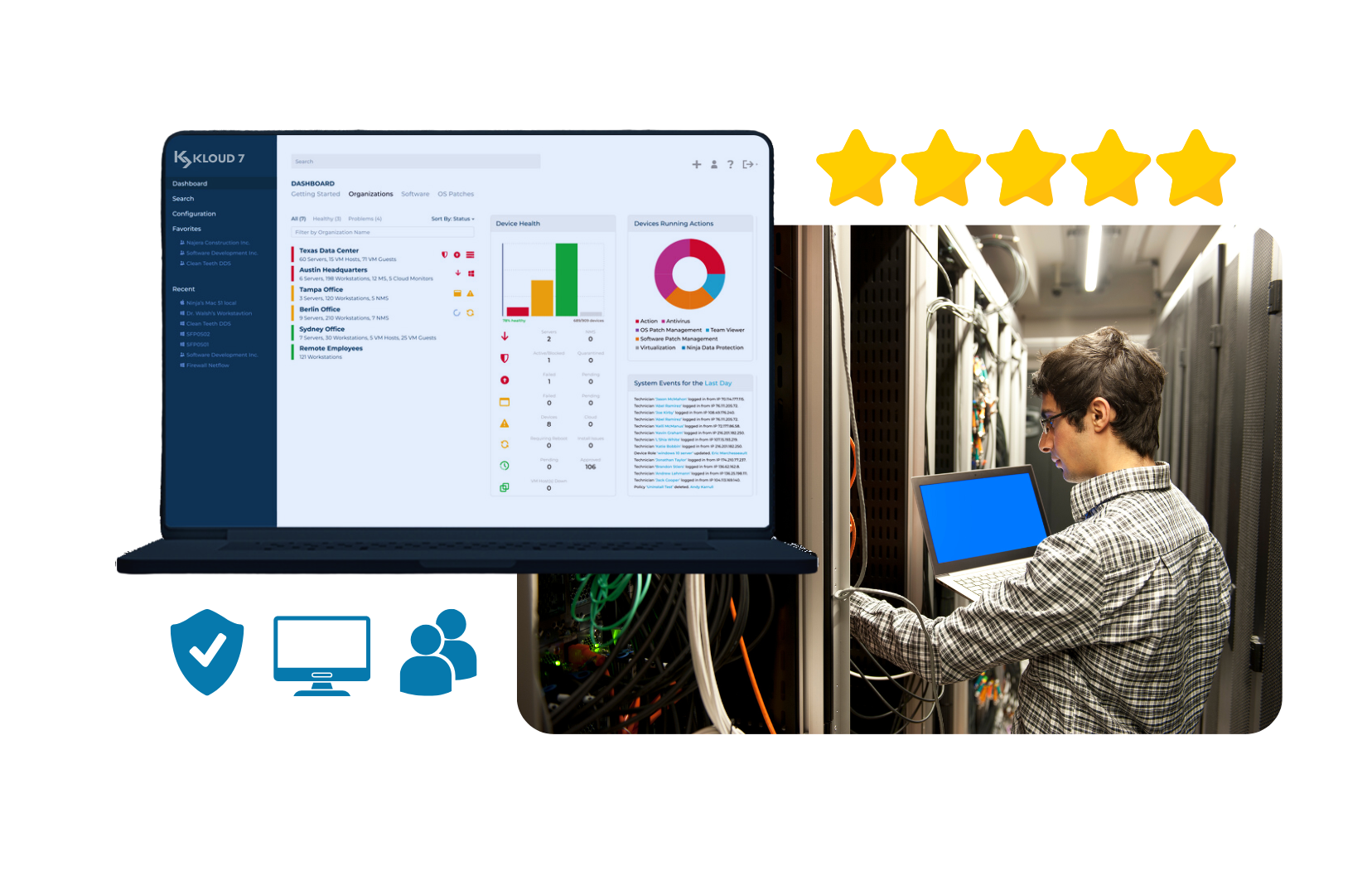Traditional phone systems are being gradually replaced by smarter, internet-based communication solutions. Businesses want flexibility, cost control, and reliability. That’s where SIP trunk providers come in. They help connect your phone system to the internet, making calls easier to manage and less expensive. But what exactly do they do, and how does the technology behind them operate?
Understanding SIP Trunking in Simple Terms
SIP stands for Session Initiation Protocol, a method that allows voice and video calls to be transmitted through the internet instead of traditional phone lines. Think of it as a digital bridge between your business phone system and the public network.
How SIP Trunking Replaces Traditional Lines
A traditional phone setup uses physical lines (PSTN or ISDN). SIP trunking replaces those with virtual lines, known as trunks. Each trunk carries multiple “channels” — meaning you can make many calls at once without needing separate phone lines.
Why Businesses Are Switching
- Lower monthly costs compared to legacy systems.
- Easier scalability as your team grows.
- Better integration with cloud-based tools like CRM and UCaaS.
SIP trunking turns your existing phone system into an internet-enabled communication hub — flexible, data-driven, and scalable.
Learn how Kloud7’s SIP Trunking Services help businesses modernize communication with reliable voice connectivity.
What Do SIP Trunk Providers Actually Do?
SIP trunk providers supply and manage the digital infrastructure that connects your business phone system to the internet. They route voice data, manage bandwidth, and ensure consistent call quality and uptime.
Their Core Responsibilities
- Connect on-premise or cloud PBX systems to SIP networks.
- Offer phone numbers (local, toll-free, international).
- Handle call routing, redundancy, and failover protection.
- Provide reporting and analytics for call management.
How They Fit Into Your Communication Stack
Your SIP trunk provider acts like an internet-based telecom operator — managing voice, video, and data traffic through secure, high-speed connections. This setup supports remote teams, contact centers, and hybrid offices that depend on reliable phone communication.
You can explore more about Business Voice Solutions to understand how SIP trunking integrates with hosted PBX and VoIP systems.
How SIP Trunk Providers Work Behind the Scenes
Although it sounds complex, the process is structured and efficient.
Call Initiation
When a call is made, your PBX (Private Branch Exchange) system sends a digital signal using SIP to the provider’s server.
Routing and Conversion
The SIP trunk provider routes the signal over the internet and converts it so the call can connect to the traditional public network (PSTN) if needed.
Connection Management
Providers handle traffic load, encryption, and routing priorities to maintain clear audio and reliable service. SIP providers use redundant data centers and Quality of Service (QoS) protocols to prevent dropped calls or service interruptions.
For advanced call management and connectivity, see how Kloud7’s Hosted PBX combines SIP trunking with cloud flexibility.
Key Benefits of Working with a SIP Trunk Provider
Cost Control
You only pay for the number of channels you use, without maintaining expensive hardware. International calling rates are typically lower, too.
Scalability
Need to add more lines during peak months? It’s instant. Remove them later? Just as easy. SIP trunking adapts to your business needs.
Business Continuity
If your main office connection fails, calls can be rerouted to mobile devices or backup lines automatically.
Advanced Features
Many providers include caller ID, call recording, voicemail-to-email, and reporting dashboards that traditional systems lack.
Choosing the Right SIP Trunk Provider
The market is filled with SIP trunk providers, but not all offer the same reliability or support.
Assess Your Requirements
Start by identifying your average call volume, office locations, and growth expectations. A company with multiple branches may need global routing or local presence numbers.
Evaluate Key Factors
| Feature | What to Look For |
| Reliability | 99.99% uptime guarantee |
| Support | 24/7 technical help |
| Security | TLS/SRTP encryption |
| Integration | Compatibility with your PBX |
| Scalability | Easy to add or remove channels |
Run a Test
Most reputable providers offer trial periods or pilot programs. Test for call quality, latency, and ease of integration before signing a contract.
If you’re planning a multi-location deployment, Kloud7’s Network Solutions can support unified voice and data across offices.
Challenges You Might Face
Even the best systems come with occasional hurdles.
Call Quality
Poor internet bandwidth can affect clarity. A dedicated connection or QoS configuration helps maintain consistency.
Security Risks
Without encryption, SIP networks can face spam or unauthorized access. Choose providers who use secure protocols and firewalls.
Technical Integration
Older PBX hardware might need SIP adapters or firmware updates to connect properly. Work with a provider experienced in hybrid setups.
SIP Trunking Compared to Other Options
Many confuse SIP trunking with VoIP services, but they’re not identical.
| Aspect | SIP Trunking | VoIP Services |
| Ownership | You manage your PBX | Provider manages it |
| Scalability | Highly flexible | Limited to plan tiers |
| Control | More customizable | Predefined setup |
| If your business values control, SIP trunking offers more configuration and flexibility than basic VoIP platforms. |
For readers interested in the technical background and communication standards behind SIP trunking, the Wikipedia article on SIP Trunking offers a detailed overview of how the Session Initiation Protocol works in modern telephony systems and its role in replacing traditional phone lines.
The Future of SIP Trunking
As unified communications continue expanding, SIP trunking plays a foundational role in connecting voice, video, and messaging across devices. The technology will remain relevant as businesses migrate to cloud-based systems and 5G networks, enabling faster and more reliable voice connectivity.
FAQs
What’s the difference between SIP trunking and VoIP?
SIP trunking is a technology that enables VoIP. VoIP focuses on internet-based calls, while SIP trunking connects those calls to traditional phone systems.
How many SIP channels does my business need?
Estimate based on concurrent calls. A small office may require 5–10 channels, while large enterprises typically need more.
Is SIP trunking secure?
Yes, when providers use encryption (TLS, SRTP) and strong authentication methods.
Can SIP trunking support international calls?
Most providers offer global calling options and local numbers in multiple countries.
Does SIP trunking work with existing PBX systems?
Yes. It connects both on-premises and cloud PBX systems through compatible interfaces or adapters.
Conclusion
SIP trunk providers give businesses modern communication flexibility without the cost and limits of traditional lines. They simplify voice management, support scalability, and integrate easily with other business tools.


